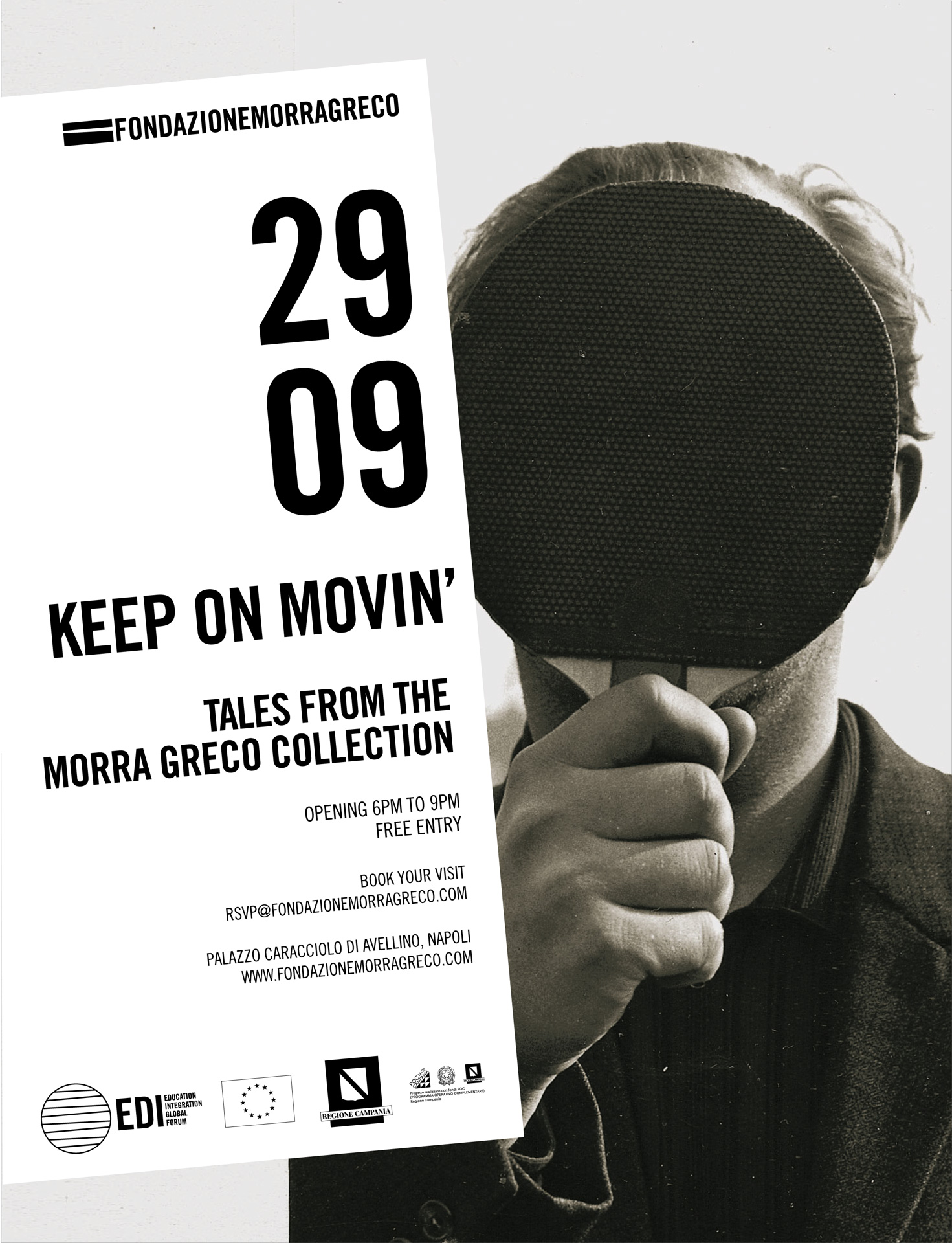29.09.2022 \\ 30.11.2022
Kai Althoff \ John Bock \ Cezary Bodzianowski \ Keren Cytter \ Sam Durant \ Petra Feriancova \ Piero Golia \ Renato Leotta \ Jonathan Monk \ Julius Koller \ Manfred Pernice \ Giulia Piscitelli \ Eva Rothschild \ Lorenzo Scotto di Luzio \ Andreas Slominski \ Katja Strunz \ Eric Wesley \ Cathy Wilkes
In 1957, Chinese scientists Lee, Yang, and Wu discovered that space is symmetrical, establishing that it is possible at any point in the cosmos to define north and south, right and left. Although ancient navigators figured out how to orient themselves by looking at the sky and reading the movement of the stars, the discovery that won them the Nobel Prize represents an epoch-making breakthrough: everything positioned in space can be attributed to a precise point and direction, no matter what.
While Lee, Yang and Wu’s discovery establishes once and for all the univocity of space, it is impossible to establish a comprehensive point of view to read the polyphonic complexity of history. Borges recounts that almost three hundred years later, Pierre Menard attempts to rewrite Cervantes’ Don Quixote word for word. Like the Spaniard Cervantes before him, he wrote: “…Truth, whose mother is history, emulates time, the repository of actions, the witness of the past, example and news of the present, warning of the future”. We read it today as Menard did in his time, but the meaning is never the same, and the point of view continually transforms. Even if the image between Cervantes’ Don Quixote, Menard’s, Borges’ tale and us remains specular, the space of history is hardly symmetrical. North and south do not exist.
Today, “history” is an impossible concept standing with the consequences of modernity and its progressive and teleological conception of history. Perhaps we need to imagine histories that coexist in space and time, reflecting the multitude of subjectivities that take the place of grand narratives.
Keep On Movin’ is a snapshot of a historical moment between the end of the 1990s and the early 2000s. The artists’ works on show pose incessant questions about contemporaneity by shedding light on the power structures embedded in the narratives and ideologies that affect our experience of reality and history. The works on show interrogate themselves as works of art and question now antagonistically, now ironically, society, institutions, language, material culture and the relationship of human beings to nature through photography, moving image and painting or sculpture, installation, furniture, and architecture.
> Go to the Basement \ Floor 0 and basement
> Go to the Floor 1
> Go to the Floor 2
> Go to the Floor 3

